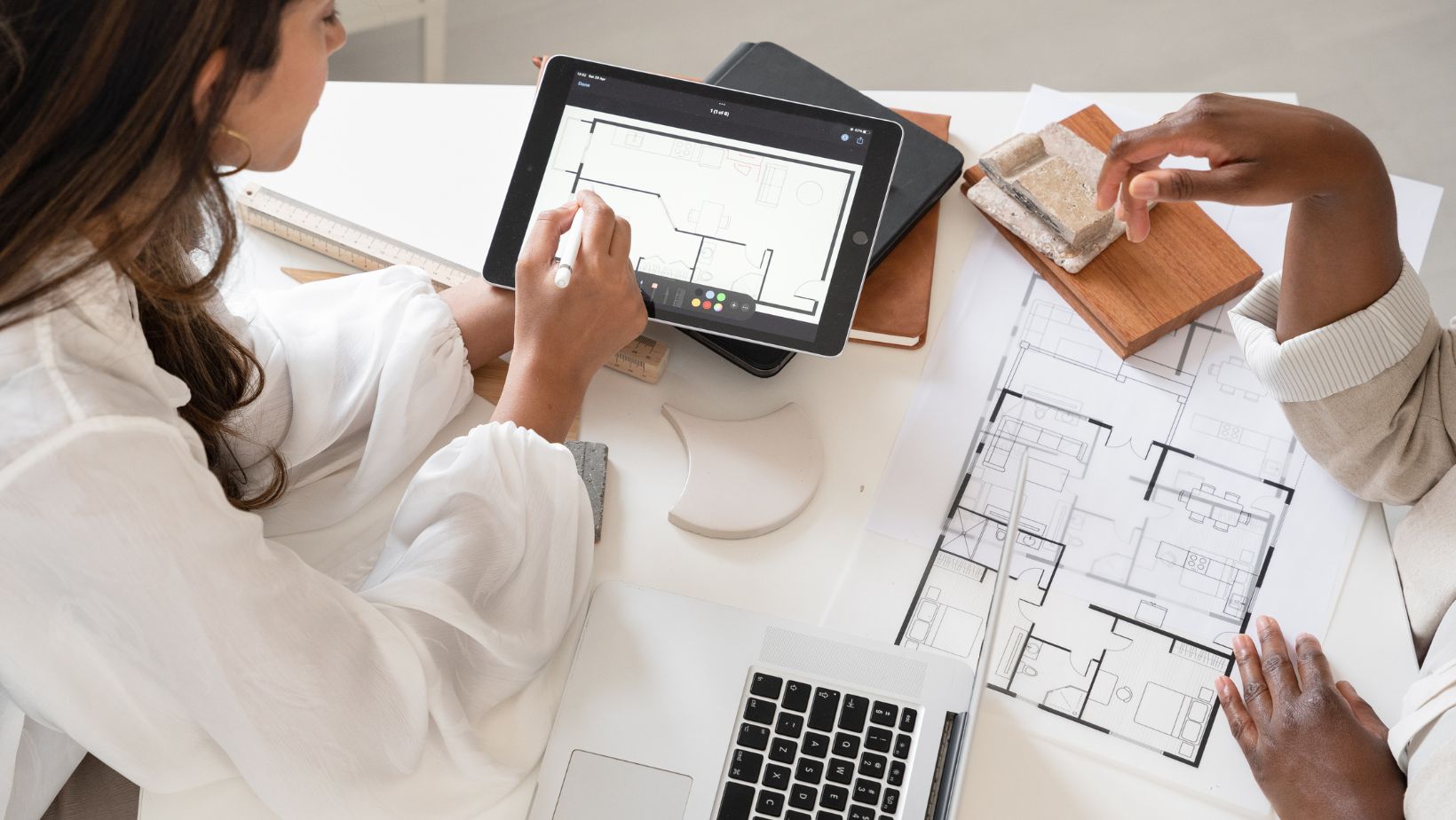Designing a home is one of the most personal and significant projects many people will ever take on. It’s a process that brings dreams, values, and lifestyle into physical form, transforming abstract ideas into walls, windows, and spaces for everyday life. The architect is at the center of this process, whose expertise guides the entire journey from concept to completion. Whether you’re starting with a blank slate or renovating a legacy home, residential architecture services provide the structure and creativity needed to bring your vision to life.
These services go far beyond blueprints and floor plans. They shape how a home functions, feels, and responds to the people who live within it. The architect translates emotion and purpose into thoughtful, livable design at every step.
Listening and Learning from the Start
The foundation of any successful custom project begins with listening. Architects who specialize in residential design start by getting to know their clients on a deeper level. This includes understanding how they live daily, what they value in a home, how they like to entertain, relax, cook, and connect.
Through conversations, sketches, and site visits, architects begin to piece together the DNA of the home, blending practical needs with aspirational goals. This discovery phase ensures that the design reflects not just a style but a way of life.
A home for a growing family will have different needs than a retreat for empty nesters or a multi-generational compound. The architect’s role is to absorb these nuances and create a plan that responds with elegance and intention.
Shaping the Experience of Space
Architecture isn’t just about structure — it’s about how space is experienced. Good design shapes movement, light, comfort, and emotion. A well-placed window can transform a dark hallway into a place of reflection. A vaulted ceiling can make a small room feel expansive. Even subtle transitions between spaces can influence mood and functionality.
Architects think spatially and emotionally. They work to balance proportion, rhythm, and flow so that every room has a purpose and every transition feels seamless. This attention to experience is especially important in custom residential work. It’s about designing not just for shelter but for a life well-lived.
Responding to the Land
Custom homes are often built on unique lots — nestled into hillsides, perched on lakefronts, or tucked into wooded settings. A major advantage of working with an architect is the ability to design harmoniously with the landscape.
Site-responsive design takes into account views, topography, sunlight, wind, and vegetation. It ensures the home is oriented correctly for passive heating and cooling, privacy, and natural connection. It also allows for thoughtful integration of outdoor living areas, pathways, gardens, and natural materials.
Instead of forcing a design onto a site, architects let the land guide the design. This creates a stronger sense of place and a more sustainable, energy-efficient home.
Balancing Beauty with Function
In any custom residential project, beauty and function must work together. A sculptural staircase may double as a statement piece and a lightwell. A built-in reading nook might serve as a cozy retreat and a clever use of space.
Architects are trained to think in layers — weaving aesthetics into the fabric of everyday function. They plan for storage, circulation, accessibility, and long-term adaptability, ensuring that the home is visually compelling and deeply practical.
This balance elevates a custom home from ordinary to extraordinary. It ensures that form never comes at the expense of usability and that every detail, no matter how small, contributes to the overall experience.
Collaborating with Builders and Craftspeople
The architect’s role doesn’t end once the drawings are complete. In most custom projects, they continue to act as a guide and advocate through construction. They collaborate with builders, engineers, interior designers, and artisans to ensure the design vision is executed with care and accuracy.
This ongoing involvement helps prevent miscommunication, solve challenges on-site, and maintain the quality of the finished product. It also fosters creative problem-solving and opens the door to unique, custom-built elements — whether it’s a site-specific fireplace, a custom steel stair rail, or hand-finished cabinetry.
Designing for the Long Term
A well-designed home should serve today’s needs and anticipate the future. Architects think in decades, not just seasons. They design homes that can evolve with changing lifestyles, adapt to family dynamics, and remain structurally and stylistically relevant over time.
This might mean planning for aging in place, integrating flexible guest spaces, or designing systems that allow for future expansion. It’s about creating a home that grows with its owners — one that holds its value emotionally as much as financially.
Final Reflections
At its heart, architecture is about transformation. It turns blank sites into places of shelter, stories, and connection. Through thoughtful collaboration, creativity, and technical expertise, architectural services shape more than just buildings — they shape lives.
This layered, intentional approach benefits custom residential projects. By working with an architect, homeowners gain access to a process that honors their values, enhances their lifestyle, and brings beauty and integrity into every corner of their space.




